Vaccine time! | AANA
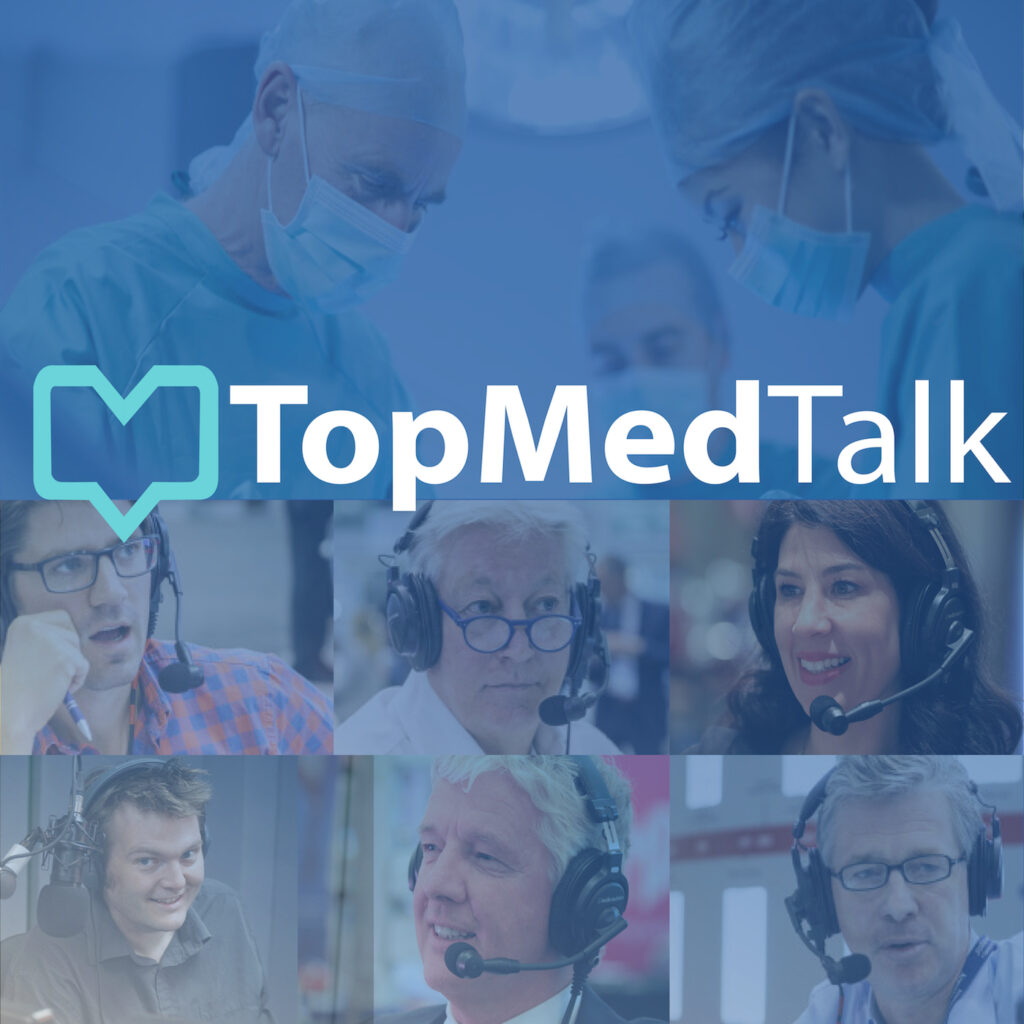
“I think you’re now famous in the CRNA community for being one of the first people in Fargo to receive the the COVID vaccine” This piece sees us catching up with Certified Registered Nurse Anesthetists (CRNA’s) who have just been vaccinated for COVID-19. Their story reminds us that even now some practitioners are facing their first real wave of the pandemic in their area: “We had a kind of trickle in, so to say, of COVID patients, and then this in this fall, the middle of November was really when it hit us pretty hard”. Presented by Desiree Chappell with Jordan Rohrich CRNA, Anesthesiology, Fargo, North Dakota and Jordi Idso MS, CRNA, Sanford Health in Fargo.
AANA | Tackling the pain of the opioid crisis
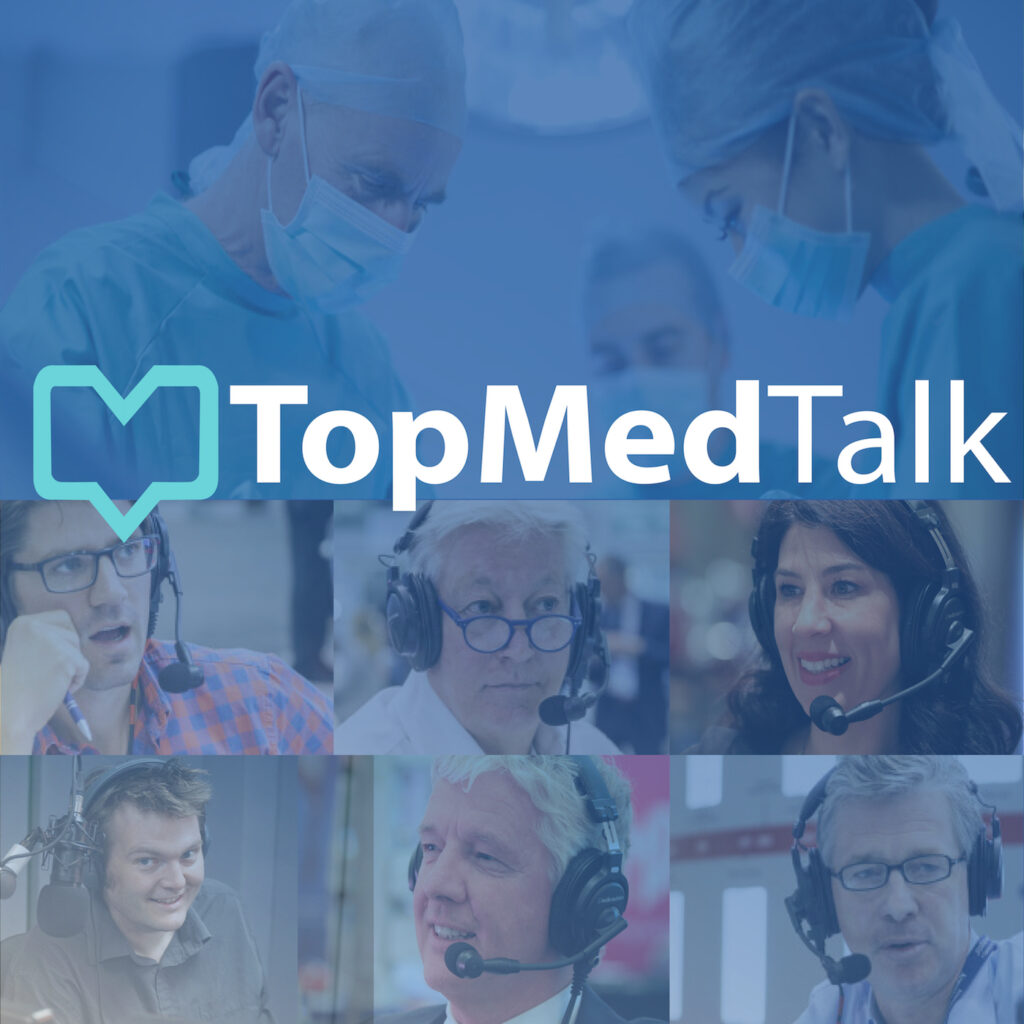
The opioid crisis “a unique American problem”. This piece uncovers the origin of some of the misinformation about opioids, the consequences of calling pain a “fifth vital sign” and the absurd practice of waking patients up in the middle of the night to ask them if they are in any pain. As these factors combined fatalities started to spiral into the crisis we see today. Recent statistics make for grim reading, in 2017 it was estimated over 47,000 Americans died from an opioid overdose. However action is now being taken; learn how The American Association of Nurse Anesthetists (AANA) has pushed forward with a sensible, responsible, pain management strategy which tackles the crisis head on. Opioids are a last resort, many cases do not need them at all and a 30 day prescription to a highly addictive substance is something practitioners should never take lightly. Furthermore ensure patients are well informed, not ‘opioid naive’ and ideally do not have a family history of opioid dependence. If you enjoyed this piece we have more on the topic here: https://www.topmedtalk.com/periop-coach-3-06-is-pain-the-fifth-vital-sign/ Also, if you’ve not yet heard Paul Wishmeyer’s powerful take on this topic we highly reccomend you go here: https://www.topmedtalk.com/treating-patients-properly-ebpom-usa/ The Center For Disease Control’s guidelines, mentioned in this piece, are here: https://www.cdc.gov/drugoverdose/prescribing/guideline.html The PDF our guest mentions “The PAIN MANAGEMENT BEST PRACTICES INTER-AGENCY TASK FORCE REPORT” is here: https://www.hhs.gov/sites/default/files/pain-mgmt-best-practices-draft-final-report-05062019.pdf This piece was part of our coverage of The AANA 2019 Annual Congress in Chicago, Illinois. Check out the AANA here: https://www.aana.com/ Presented by Monty Mythen and Desiree Chappell with their guest, Bruce Schoneboom, PhD, CRNA, FAAN, Associate Dean for Practice, Innovation and Leadership at Johns Hopkins School of Nursing.
AANA | Outcome criteria associated with residual neuromuscular blockade
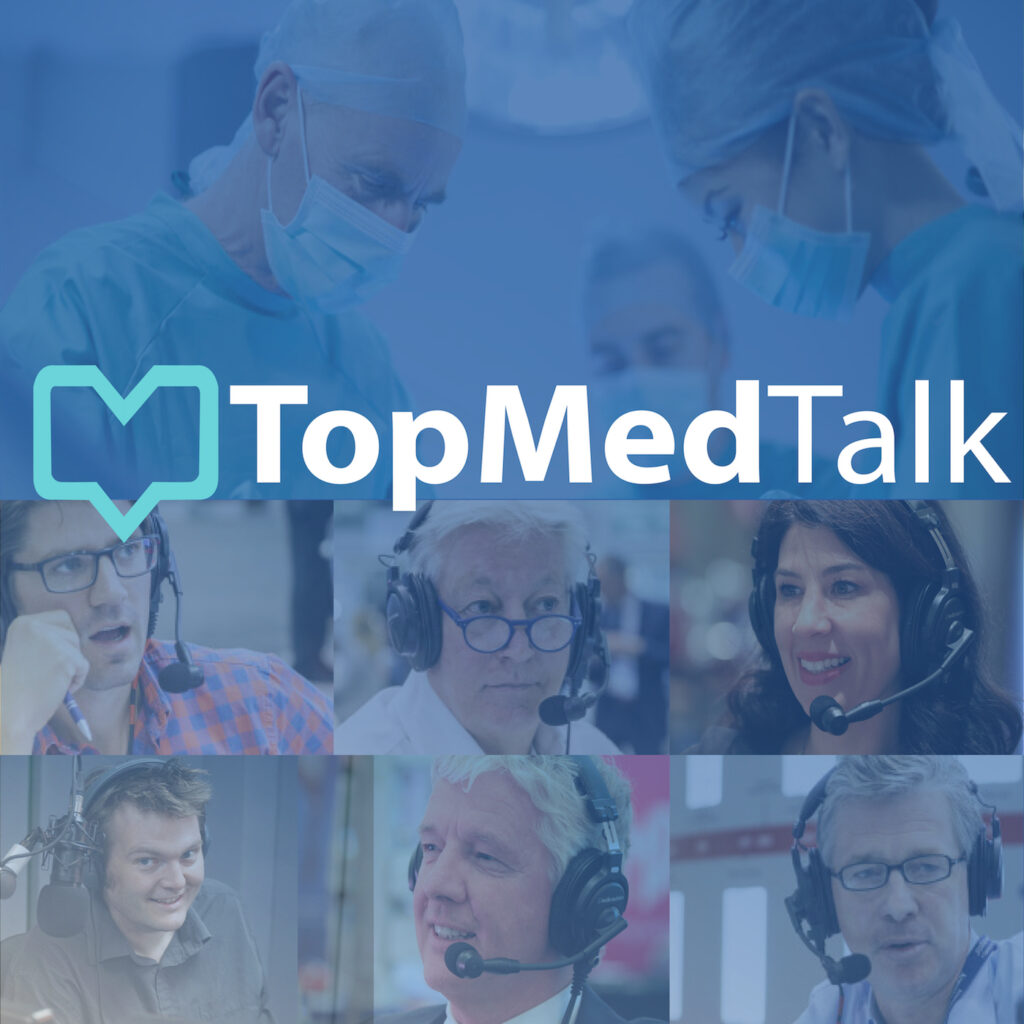
“The more I learn about this, the more my eyes are opened to how much opportunity we have to improve in this area” This piece covers the “perennial topic” of whether paralysis is bad for breathing, here with a focus upon outcome criteria associated with residual neuromuscular blockade. It’s a piece based in part upon a recent talk at the American Association of Nurse Anesthetists annual conference which was this year held virtually. Presented by Desiree Chappell with her guest Brent Dunsworth, CRNA, DNP, Director of Advanced Practice for the Department of Anesthesiology at Vanderbilt University Medical Center.
AANA | Ketamine Infusion Centers: From Inception to Infusion

“My first thought was – why can’t we do this here?” What is ketamine, what sort of drug is it and how is it used? How was it first synthesized? Was it intentionally found or another of science’s happy accidents? This piece is a fascinating look into the history and future of ketamine with a focus on outpatient infusion centers. Could this unusual and “dirty” drug – meaning it acts on many parts of the body and is not fully understood – have incredibly useful consequences for people who face the grueling task of handling depression or a post traumatic stress disorder? We look at the research and evidence base regarding ketamine, how it is effective for different disease processes and how the drug might be more widely used in the future. It appears to have come into something of a renaissance, “thank you for getting the word out about ketamine”. Check out the clinic here: https://www.neuromendcenter.com/ Presented by Desiree Chappell and Monty Mythen with Tracy Young, MSNA, MBA, CRNA, CEO of YPS Anesthesia, he also a two time past State President for the Louisiana State Association of Nurse Anesthetists as well as currently sitting on several other boards.
AANA | Sex, race and social class disparities in pain
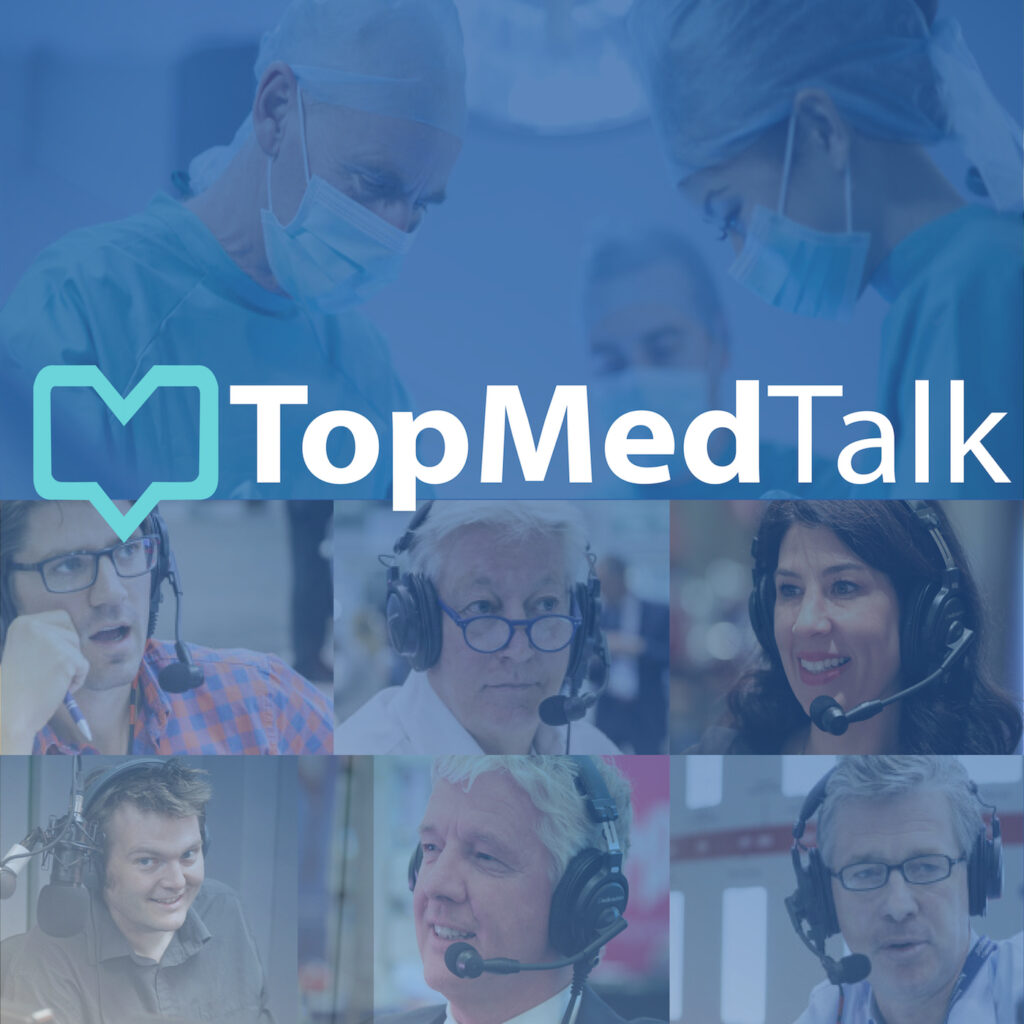
Pain is a subjective experience that affects all segments of the population. However, there are inter-individual differences in pain. The biopsychosocial model proposes that the intersection of biological, psychological, and social factors create a pain experience and pain outcomes that differ by sex, race, and socioeconomic status. “The minority stress theory … the idea that for racial minorities, especially blacks, they are exposed to chronic stress; the stress of daily racism” Could epigenetics hold the key to understanding how social factors compound differences between patients? How does this impact on you and your practice? Further reading is to be found here: https://pubmed.ncbi.nlm.nih.gov/19411059/ https://pubmed.ncbi.nlm.nih.gov/32487870/ https://pubmed.ncbi.nlm.nih.gov/30863142/ Presented by Desiree Chappell and Monty Mythen with Edwin N. Aroke, Ph.D., CRNA, Assistant Professor, Associate Scientist, Minority Health and Health Disparities Research Center, Associate Scientist, Comprehensive Arthritis, Musculoskeletal, Bone, & Autoimmunity Center, The University of Alabama, Birmingham, US.
AANA | Emergence Delirium in US Veterans: Best Practice Recommendations
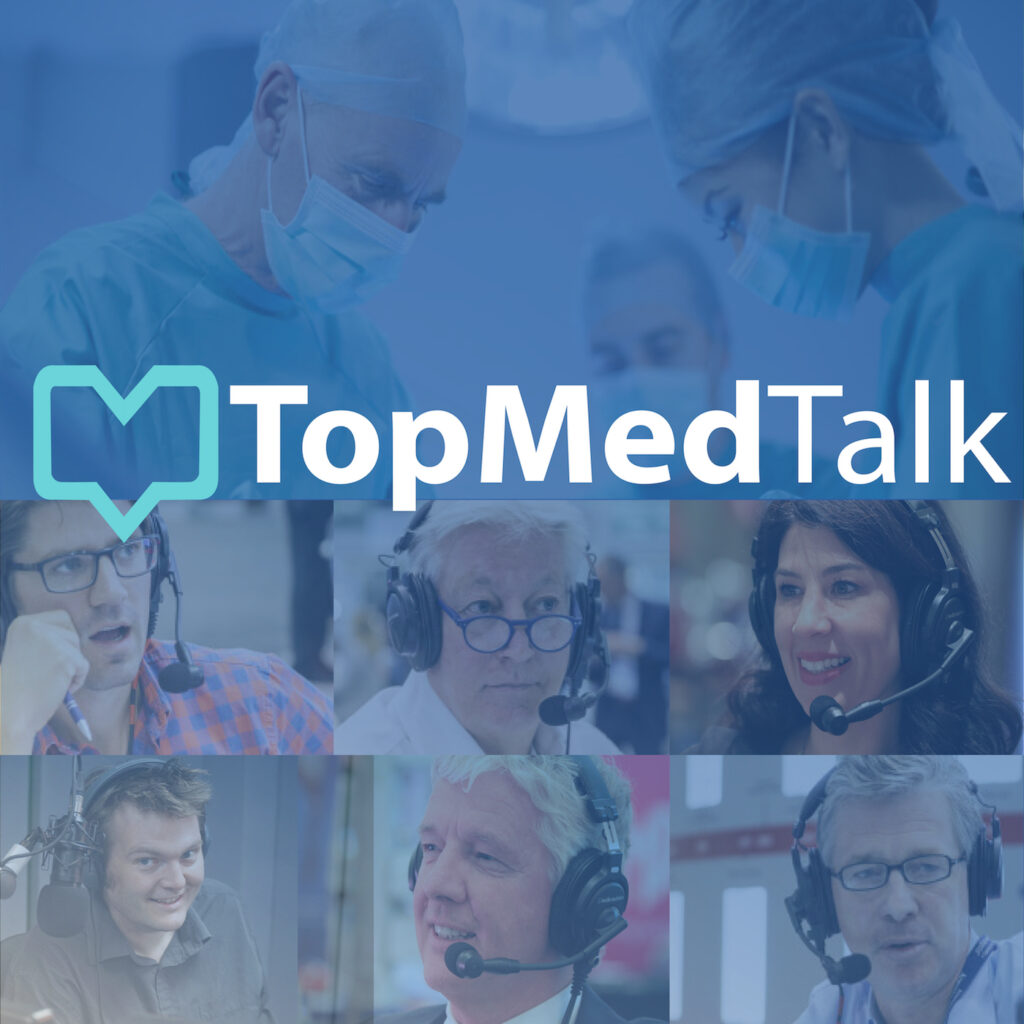
After working at a Veterans Affair Medical Center, hear how our guests moved into the field of emergence delirium: “upon emergence our patients were swinging and very aggressive … there must be some way to prevent this”. This fascinating piece enjoys an engaging discussion about an important topic for both patients and practitioners; how important is it for you to know a patient may suffer from post traumatic stress disorder? Do different anesthetics promote or avoid emergence delirium? Can emergence delirium cause further long term trauma? How do we deal with US military veterans specifically? Patient Health Questionnaire 9 (PHQ-9) is here: https://patient.info/doctor/patient-health-questionnaire-phq-9 The State Trait Anxiety Inventory is here: https://www.advancedassessments.co.uk/resources/Mental-Health-Test.pdf Presented by Desiree Chappell and Monty Mythen with Kristen Roman, MSN, MFA, SRNA, Ignacio Diaz, BSN, SRNA and Jena Borgonia, BSN, SRNA, student registered nurse anesthetists (SRNAs) at The University of Southern California.
AANA | E-cigarettes and their impact on patients undergoing anesthesia
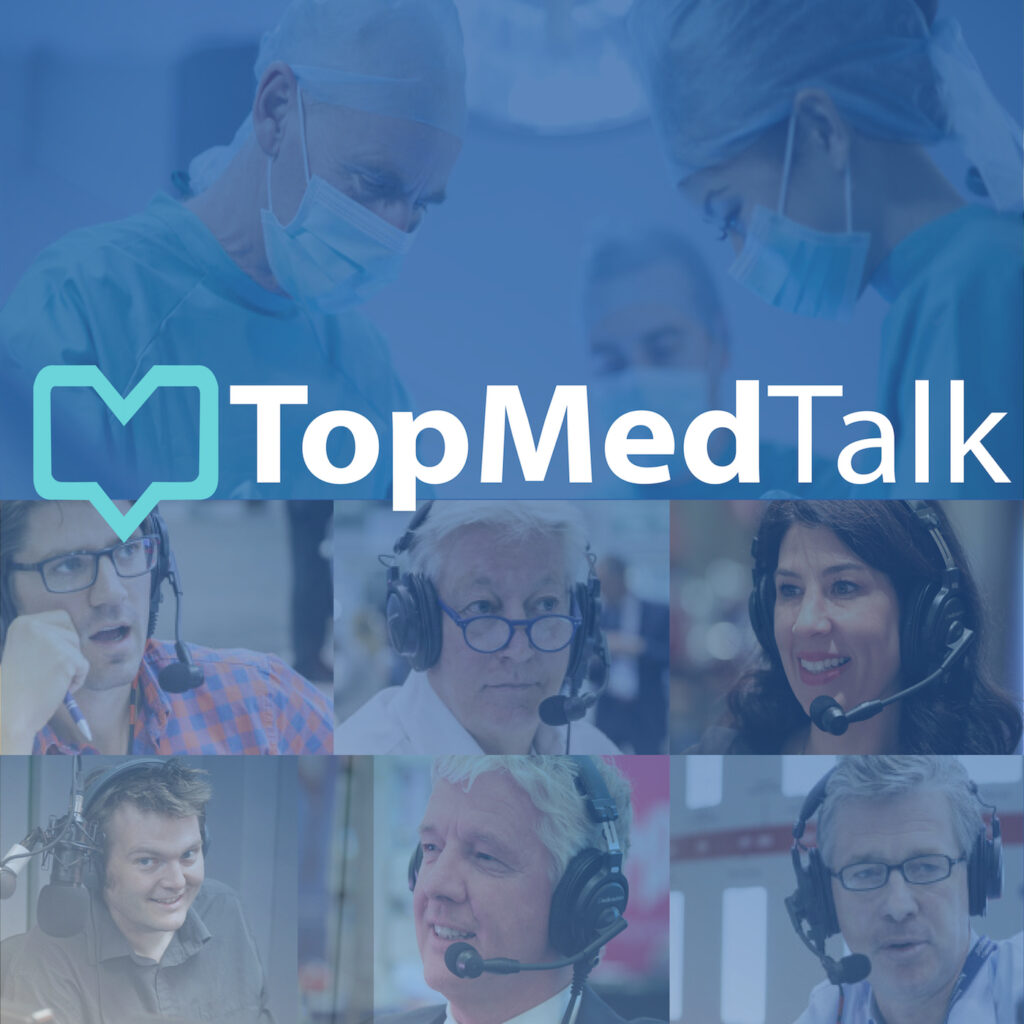
The electronic cigarette market is a $14 billion industry worldwide. As of August 2019, 215 cases of severe pulmonary illness related to e-cigarette use are being investigated in the United States. The known hazards of e-cigarette use are rapidly coming to light with the sudden onset of serious bronchiolitis-related pulmonary disease in otherwise healthy people who were known to use e-cigarettes. Learn also how COVID 19 has increased these dangers. Presented by Desiree Chappell with Monty Mythen and Bernard Gilligan, III, DNP, CRNA, APRN, Program Assistant Director, Assistant Professor, Cedar Crest College Nurse Anesthesia Program, Allentown, PA.
AANA | How to “ACE” pediatric emergence!
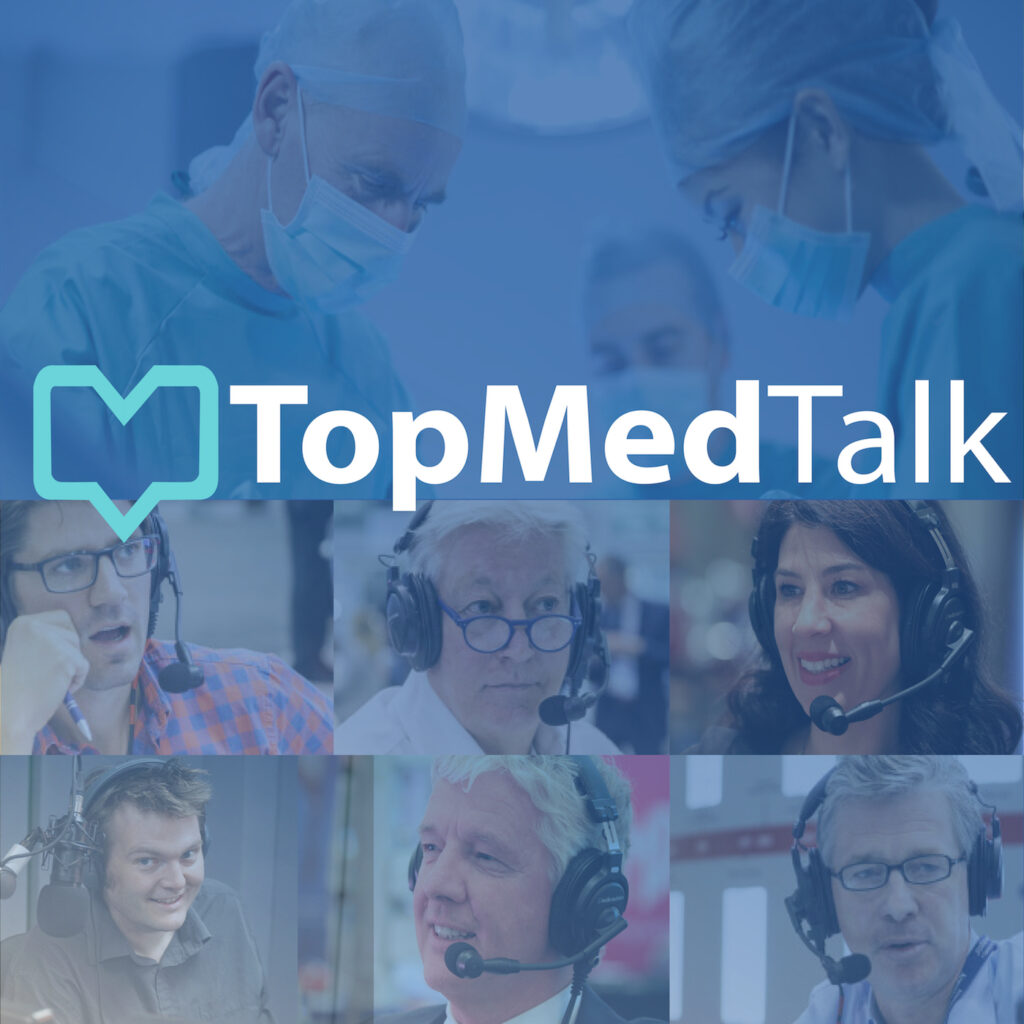
Pediatric patients can present quite a challenge when emerging from anesthesia. Here we discuss ways to “ACE” your transition to PACU! “A”void Emergence Agitation, and discover the latest evidence about “C”riteria for “E”xtubation in this challenging population. How do the protocols and standard of care compare between the UK and US. What does the evidence tell us? Also, how is Enhanced Recovery After Surgery progressing in pediatrics? Presented by Desiree Chappell and Monty Mythen with their guest Kristin Henderson, DNAP, CRNA, CHSE, CPT, USAR Assistant Professor, Wake Forest School of Medicine, Nurse Anesthesia Program.
AANA | Opioids: Pain, Euphoria, and a New Surgical Complication. Are Your Patients Safe?
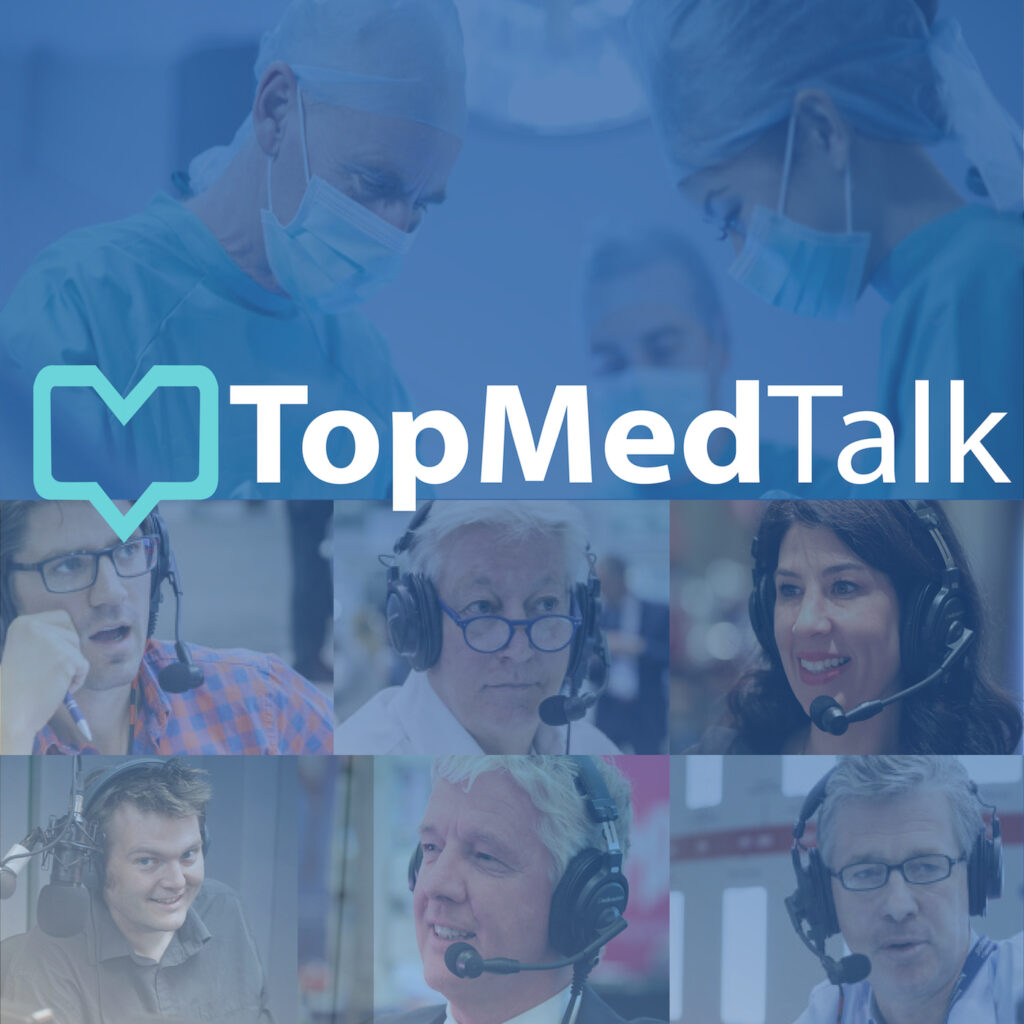
“4-10% of opioid naïve patients will continue to use opioids more than 90 days after surgery” Opioids are good for pain control but there’s another issue, they also numb emotional pain. How do we responsibly deal with this? It’s important to remember: “When you give patients high doses, you’re putting them at risk”. Long term listeners will recall TopMedTalk spent the best part of our launch year on this topic. If you’re one of our many new listeners please use this huge resource of podcasts to help update your practice and cut down unnecessary risk: https://www.topmedtalk.com/?s=opioid “We should be minimizing opioids every chance we can”, if you want to cut straight to our groundbreaking talk on opioid free anesthesia please go here: https://www.topmedtalk.com/ebpom-2019-opioid-free-anaesthesia-2/ Presented by Desiree Chappell and Monty Mythen with their guest Jennifer Lanzillotta-Rangeley, CRNA, PhD, Assistant Professor, College of Nursing, University of Cincinnati, Cincinnati, Ohio.
AANA | Caring for the transgender patient

This piece is a much needed contribution to a conversation about how we should be caring for the transgender patient within the scope of perioperative care. Our guest’s excellent article, “Anesthesia Inclusive Practices Amidst Adversity: Caring for the Transgender Patient”, is here: https://cms.aana.com/docs/default-source/pr-aana-com-web-documents-(all)/anesthesia-inclusive-practices-amidst-adversity-caring-for-the-transgender-patient-may-2019.pdf?sfvrsn=d810a34d_4 The NHS’s guidelines are here: https://www.nhs.uk/conditions/gender-dysphoria/guidelines/ Presented by Desiree Chappell and Monty Mythen with Jose Castillo, PhD, CRNA Faculty, Texas Wesleyan University, AANA Diversity and Inclusion Committee.
